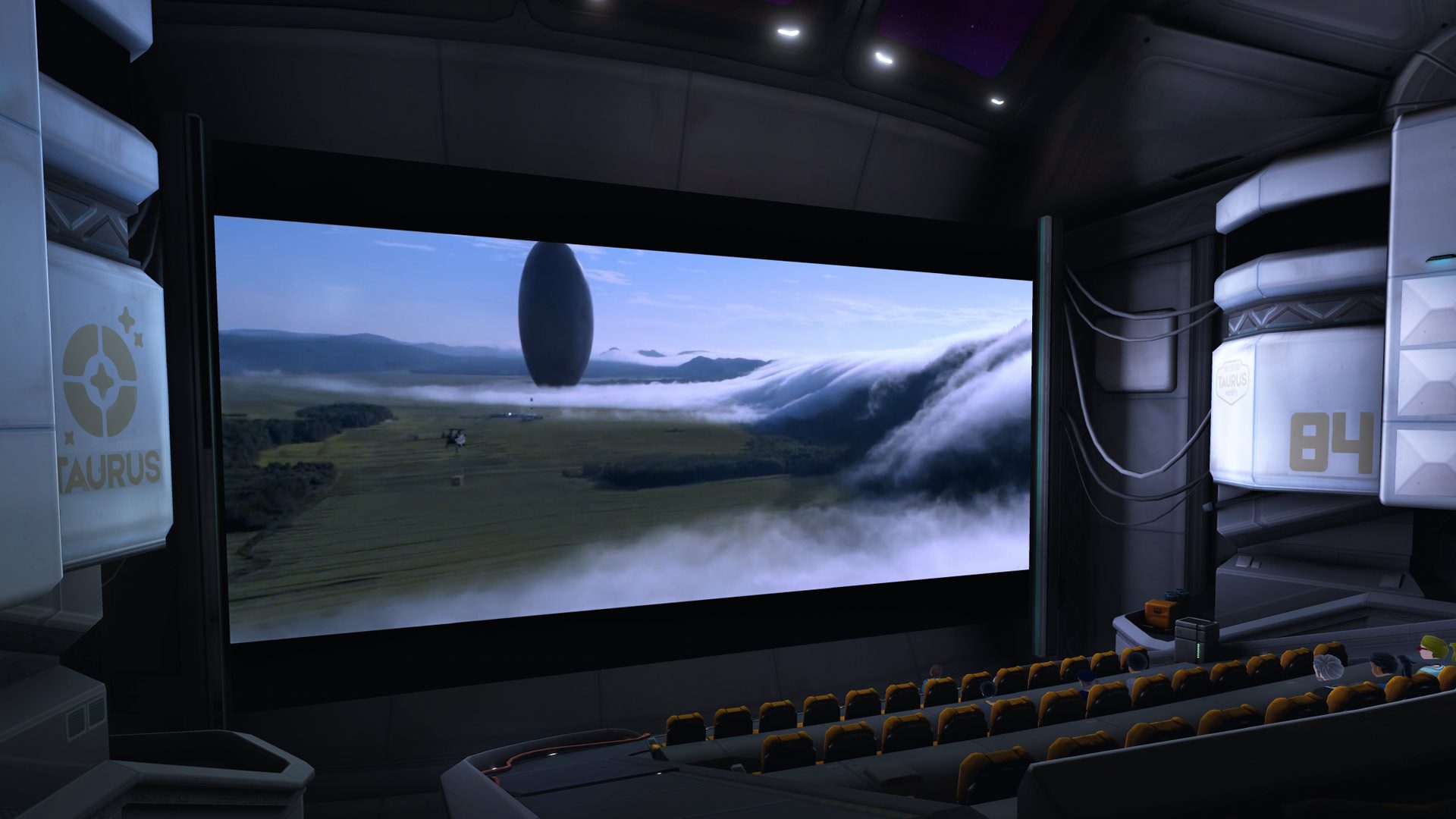Just as before, Microsoft Flight Simulator 2024 offers the entire planet Earth as your playground. With its predecessor in 2020, I was utterly blown away—so much so that it received the only perfect score I’ve ever given. While this new version brings some fresh elements that make it stand out, it doesn’t quite evoke the same sense of awe. The rocky start didn’t help; due to lack of early codes and a bumpy launch, I couldn’t dive in for the first day. As I’m building my virtual flying career and writing this review, I’m left feeling impressed, but yearning for that previous magic.
Right out of the gate, the biggest draw for Flight Simulator 2024 is its career mode. Your role begins at your chosen starting airport, working for a pretend aviation company as you climb the ladder as an aspiring pilot. Picture a classic video game skill tree: master beginner missions, and you unlock new paths. For instance, complete the requirements of a commercial pilot’s license to earn a tail wheel endorsement, leading to more advanced aircraft and jobs like search and rescue or operating a sky crane helicopter. Each step fuels that awesome “heck yeah” moment as you see your skills grow and take on new jobs.
You eventually gather enough money and reputation to launch your own aviation enterprise. While I haven’t reached that milestone yet, I’m making steady progress with my fixed-wing endorsements. As for what I’ll ultimately pursue, I’m undecided—but the prospect of owning my own fleet and raking in the profits is exciting.
The first missions have you revisiting basic flight training, designed to get you comfortable with aircraft controls. Sadly, these tutorials mirror those from 2020, set at the same Sedona, Arizona airfield, with identical tasks. On the upside, the enhanced on-screen instructions make expectations clearer. I’m thankful for the tooltips; remembering all those functions can be a struggle. Even I, someone who usually turns them off, keeps them handy as my memory occasionally falters.
Once your initial training wraps up, you begin logging flight hours towards your commercial pilot’s license. Tests cost in-game currency—though you only pay once, retaking them as often as needed. Surprisingly, if you’re already a skilled pilot, you can bypass the lessons and dive straight into the exam.
Progressing in career mode opens new mission types, though it’s slightly odd how not all are close to your home base. I picked the KMVM Machias Valley Airfield in eastern Maine, only to be sent to Europe for aircraft delivery and skydive tasks. It didn’t ruin my experience, but this cross-continental activity did disrupt the immersive career narrative I had envisioned.
Reflecting on the 2020 version, it was truly remarkable. Taking to the skies with freedom to fly anywhere globally was an exhilarating experience. The variety of planes, combined with adjustable assists, made it approachable for all skill levels. But the real-world mapping data elevated it from a mere game to a breathtaking simulation. Enjoying famous sights or landing in remote locales was an unmatched virtual travel experience.
While I’m really enjoying career mode in this iteration, I used to create my own missions previously, like an air delivery service from Knox County Regional Airport in Maine to Matinicus Island—a real-life occurrence. But now, having structured reasons to fly gives me more incentive to hone my skills, and the prospect of starting my own airline or a sky crane company is thrilling.
Another fresh addition is the challenge league, which offers weekly tasks and leaderboards. A standout is the F/A-18 rally race through the Grand Canyon—flying Maverick’s jet through slalom gates in pursuit of speed. The flight model’s complexity makes it a challenge, but it’s an exhilarating one. Achieving a respectable time was satisfying, especially seeing my name climb above what I assume is my Xbox Live arch-nemesis.
I’ve always appreciated the way Flight Simulator allowed me to explore places I’d otherwise never see. The 2024 version amps this up with photo challenges, tasking you with capturing landmarks under specific conditions, like photographing the Great Sphinx with the sun perfectly positioned. Plus, you can now exit the plane and explore on foot, though the realistic walking pace can feel slow.
The new detail brought to ground environments is impressive. The textures of sand and rocks are realistic, and environmental changes like wheel tracks or mud affecting aerodynamics offer an added layer of realism, although I haven’t experienced the latter in real life.
More wildlife now populates the game world, enhancing immersion. As I awaited takeoff in Maine and a moose wandered by, I felt genuinely transported to the location. The use of an open-source animal database makes spotting creatures more authentic—future adventures might include a lion sighting in Africa.
Visually, Flight Simulator 2024 can greatly surpass its predecessor, particularly with the right setup. My current rig—a powerful i9-13900K processor with a Radeon RX 7900XT GPU and 64GB RAM—shows the game at its best. However, cloud streaming still poses issues; on a Venice mission, St. Mark’s Basilica appeared without textures, while the rest of the city looked stunning. I’d prefer keeping detailed world packs offline to balance quality and reliability.
Despite the demanding graphics, with my GPU running nearly maxed out, I’m growing fond of Flight Simulator 2024, though it doesn’t hit the same high notes as its predecessor. The improvements and features shine through post-launch turbulence, enriching my flying adventures and providing a deeper glimpse into aviation. My journey isn’t over yet—I need more time for a final verdict, but so far, it’s an exciting and welcome iteration, even if it doesn’t completely recreate the magic of the original.















































